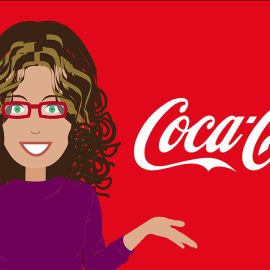
Why Your Facebook Images Look Like Crap and How to Fix It
While Facebook is great for sharing, it also uses some pretty ruthless compression that makes your photos look like crap. To ensure your images look their best on Facebook, it’s important to understand the platform’s recommended image sizes and formats.
Here are some tips for sizing your images effectively.
1. Profile picture
Dimensions: 180 x 180 pixels (minimum)
Facebook will automatically resize your profile picture to fit in the designated space, but uploading an image close to these dimensions will ensure better quality.
2. Cover photo
Dimensions: 820 x 312 pixels
Keep in mind that the cover photo displays differently on mobile devices, so it’s a good idea to preview your cover photo on both desktop and mobile to ensure it looks good in both formats.
3. Shared image (timeline posts)
For best quality, upload images with a minimum resolution of 1200 x 630 pixels. The aspect ratio should be 1.91:1 for optimal display. Facebook supports various file formats, but JPEG is generally a good choice for photos.
4. Shared link (open graph image)
When sharing links, Facebook pulls in an image associated with the page. For best results, use an image with a minimum resolution of 1200 x 630 pixels. The recommended aspect ratio is 1.91:1 and Facebook will display it as a rectangular image in the link preview.
5. Event image
Dimensions: 1920 x 1080 pixels
Use this size for event cover photos to ensure they look good on both desktop and mobile.
6. Ad images
Facebook offers various ad formats, each with its own recommended image size. Check Facebook’s Ad Guide for the specific format you’re using. In general, using high-resolution images (at least 1080 x 1080 pixels) is recommended for ad content.
7. Group cover photo
Dimensions: 1640 x 856 pixels
Similar to the cover photo, group cover photos may display differently on mobile, so preview them on both desktop and mobile.
Conclusion
Remember that Facebook may compress images, so using high-quality images to start with will help maintain better visual appeal after compression. Additionally, always consider the platform’s updates and guidelines, as they may change over time.



